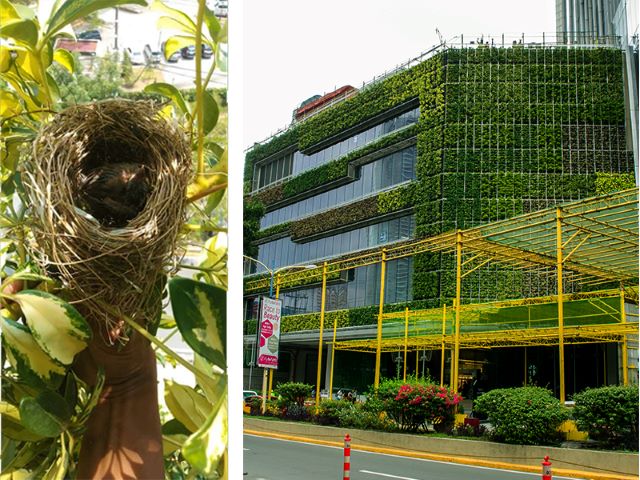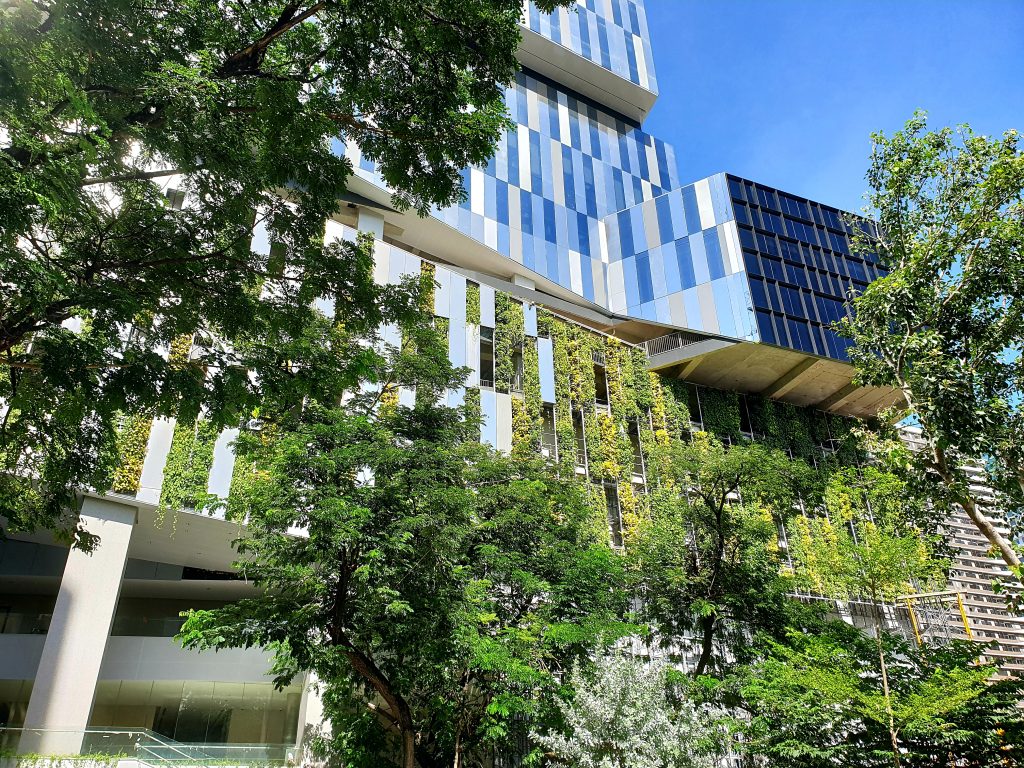
Biodiversity in modern cities is an important topic of concern as urbanization continues to expand. Cities are often considered to be areas of low biodiversity due to the high levels of human activity and development, which can lead to habitat destruction, fragmentation, and pollution. However, there are also opportunities for biodiversity to thrive in modern cities, especially if proper planning and management strategies are implemented.
One way to increase biodiversity in cities is to incorporate green spaces, such as parks, gardens, and green roofs, into urban design. These spaces can provide habitat for a variety of plant and animal species, as well as contribute to improved air quality and temperature regulation. Additionally, creating corridors or linkages between green spaces can help to connect fragmented habitats and allow for movement of species.
Another way to promote biodiversity in cities is to reduce the use of pesticides and other harmful chemicals, and to encourage the use of natural pest control methods. This can help to protect beneficial insects, such as pollinators, which are essential for maintaining healthy ecosystems.

In recent years, there has also been a growing interest in urban farming and community gardens, which can promote biodiversity while also providing fresh produce for local residents. These initiatives can help to increase the number of plant and animal species in urban areas, as well as promote community engagement and education about sustainable practices.
Overall, promoting biodiversity in modern cities is important for maintaining healthy ecosystems and improving the quality of life for urban residents.

